
DRAGONS DEN MARTIAL ARTS
TANG SOO DO ORIGINS
"ART OF THE KNIFE HAND"
Tang Soo Do is a relatively modern Korean martial art based upon the ancient Korean art of Soo Bahk Do, which dates back to the 6th Century. However, the exact origin of Tang Soo Do is obscure. Some Japanese Karate experts insist that the art is of Japanese origin; some say it came from Okinawa; others say it began in China with Bodhidarma and spread from there.
It was during the Silla Dynasty (618 - 935 AD) that the martial arts expanded rapidly in Korea. The Kingdom of Silla was one of the three kingdoms in Korea and was notable for the military prowess of its young warrior class, the Hwa Rang. The five basic principles of Tang Soo Do are derived from the principles of these elite warriors. However, Tang Soo Do gained most of its popularity during the Koryo Dynasty (935 - 1392 AD).
At the beginning of the Yi Dynasty (1392-1910), the National Martial Arts Manual was published, and the term Soo Bahk Do became widely used. During the occupation of Korea by Japan (1907 - 1945) the practice of native martial arts was prohibited. This prohibition forced many Korean Soo Bahk Do Masters to emigrate, or to practice secretly. Tang Soo Do was developed by Grand Master Hwang Kee. He mastered Tae Kyun and Soo Bahk Do at the age of 22. Upon his travels to Northern China in 1936, he encountered a Chinese variation of martial artistry called the Tang Method. From 1936 to 1945 he combined Soo Bahk Do with the Tang Method and developed what was to be known as Moo Duk Kwan Tang Soo Do, even though it was officially registered in Korea on November 9, 1945 as the Korean Soo Bahk Do Association.
At the beginning of the modern era of the Korean martial arts, Tang Soo Do was the most popular term for the merged martial arts, however, at that time, the Korean political leader was concerned about establishing Korean value based on Korean nationalism. The political leaders recognized the popularity of Korean martial arts around the world, but were opposed to the use of the name Tang Soo Do for the art, as it sounded like a Chinese martial art. In 1964, a government sponsored small group created a new name for the Korean martial arts: Taekwondo. The World Tang Soo Do Association still respects the original term, Tang Soo Do, and intends to preserve its heritage and value as a traditional way or path. So Tang Soo Do and Tae Kwon Do are divided principally, with Tang Soo Do striving to remain as a traditional martial art, while Taekwondo held its world games and sport.
The International Tang Soo Do Federation (ITSDF) was formed in 1989. The United Kingdom Tang Soo Do Federation currently serves as its administrative and technical headquarters. Tang Soo Do has since spread throughout the world. Practiced by champions like Chuck Norris, it is a proven method of fighting with a long and proud tradition of victories.
WHAT IS TANG SOO DO?
Tang Soo Do means "the art of the knife hand" or "the way of the Chinese hand." It contains characteristics of Chinese internal methods and Japanese striking styles. Tang Soo Do is a modern martial art and it's purpose is to develop every aspect of the 'self' in order to produce a mature person who can totally integrate his intellect, emotions, body and spirit.
Tang Soo Do, is not a sport and its primary goal is not a competitive one. However, it does lend itself well to combative situations. Being a well-balanced style, Tang Soo Do offers a wide array of kicks, hand strikes, and stances representative of hard styles as well as softer stances and more fluid motions that are indicative of the softer styles. It derives it's hardness from Soo Bahk Do and its soft flowing movements from the Northern Chinese systems. Its kicking techniques , for which Tang Soo Do is unsurpassed, are based on Soo Bahk Do. Both of which can easily be recognized in the forms that are practiced within the style.
Free sparring is an extremely important part of Tang Soo Do training. There are two major types suitable for Tang Soo Do schools: Dojang sparring and competition; or sport, sparring. Although the techniques used in these types of sparring could be potentially dangerous and could result in a knockout or serious injury if not properly controlled, full contact sparring (kick boxing), traditionally is not included in the Tang Soo Do venue.
Tang Soo Do competitions do not allow contact to face or groin, or the back while allowing light moderate contact to the sides and front of the body. When one looks at injuries occurring in other contact sports it becomes clear that sport Tang Soo Do is actually a very safe activity. Qualities like sportsmanship, mutual respect for each other and personal discipline insures that practitioners compete in the healthiest environment possible. After all, the purpose of Tang Soo Do training is not for fighting, but to perfect techniques that will enhance one's total self. If the occasion arises when one must defend oneself, of equal importance is the development of the proper spirit to supplement the physical skills that are attained.


